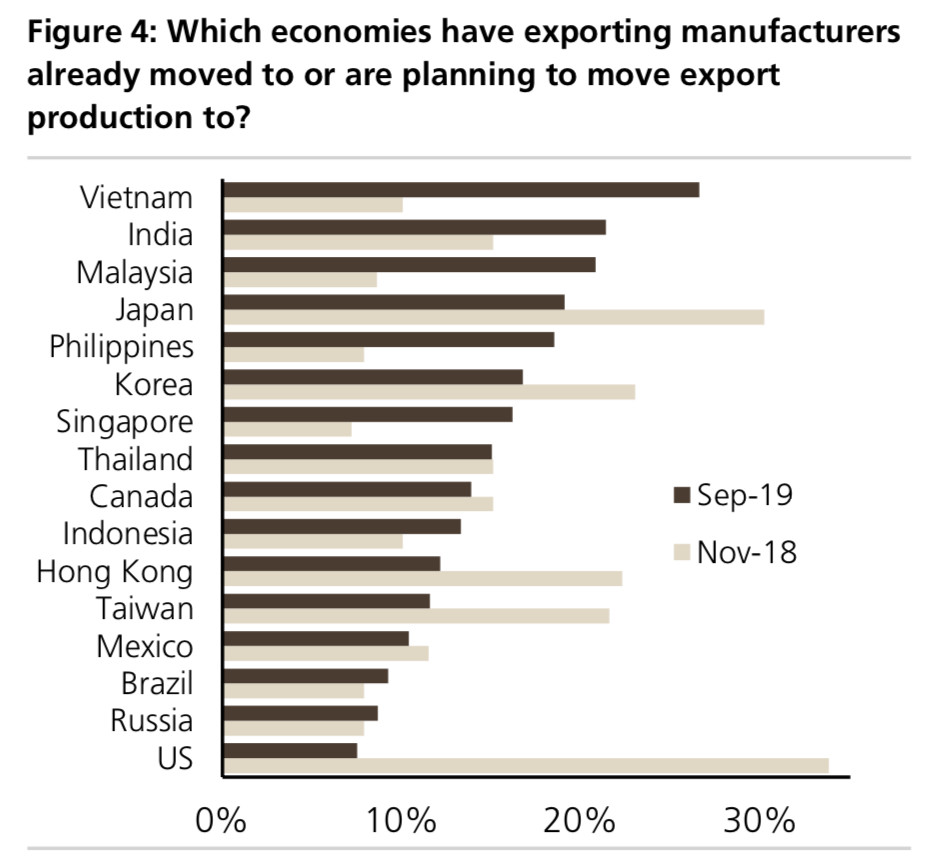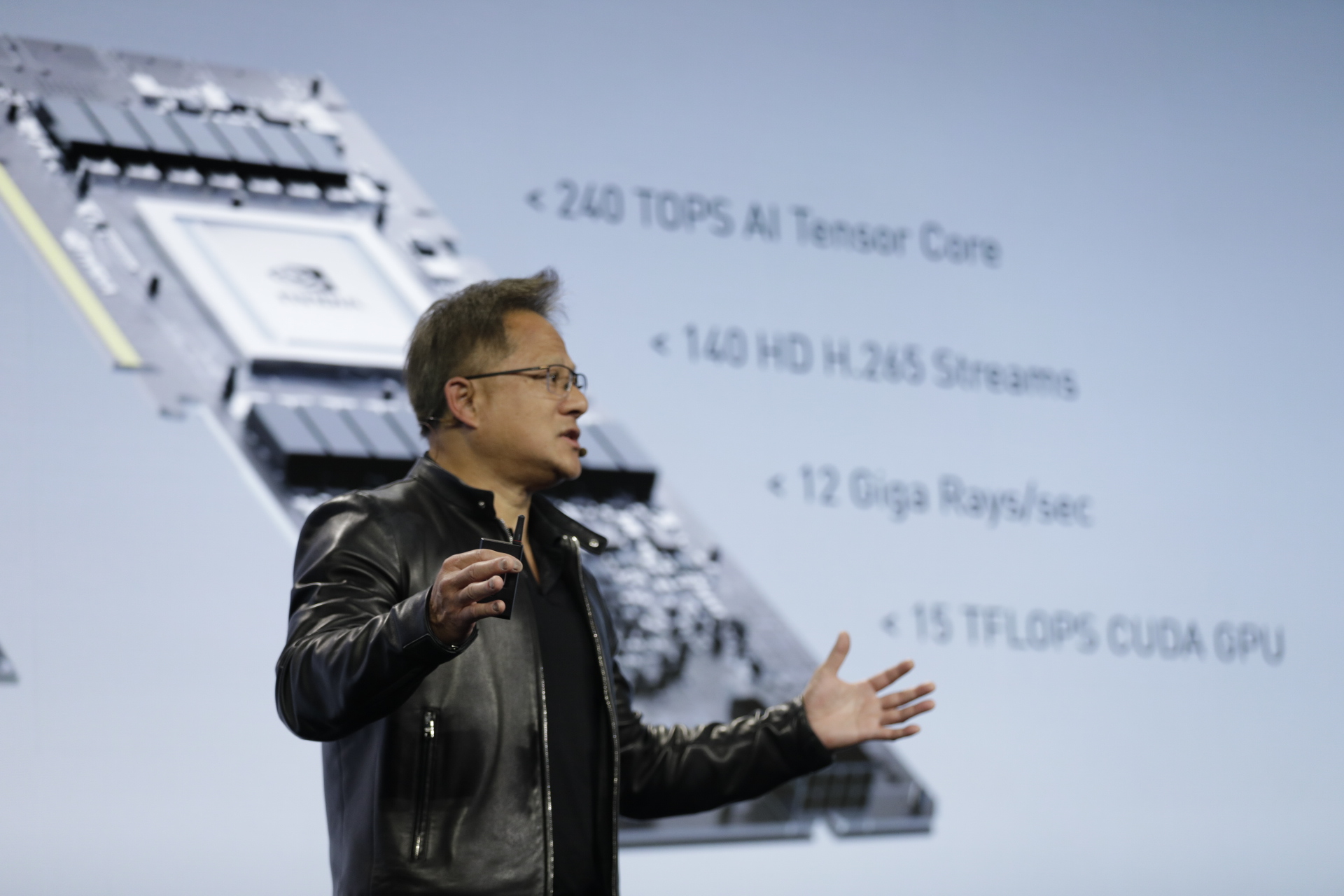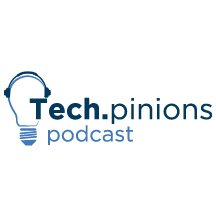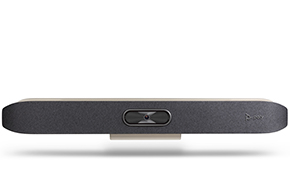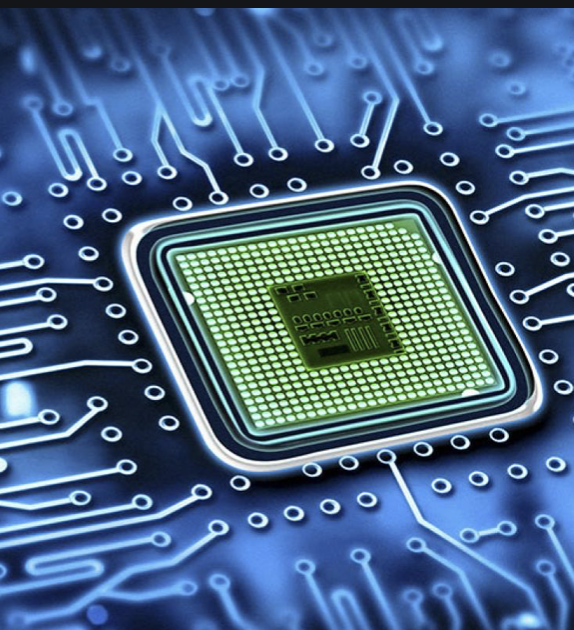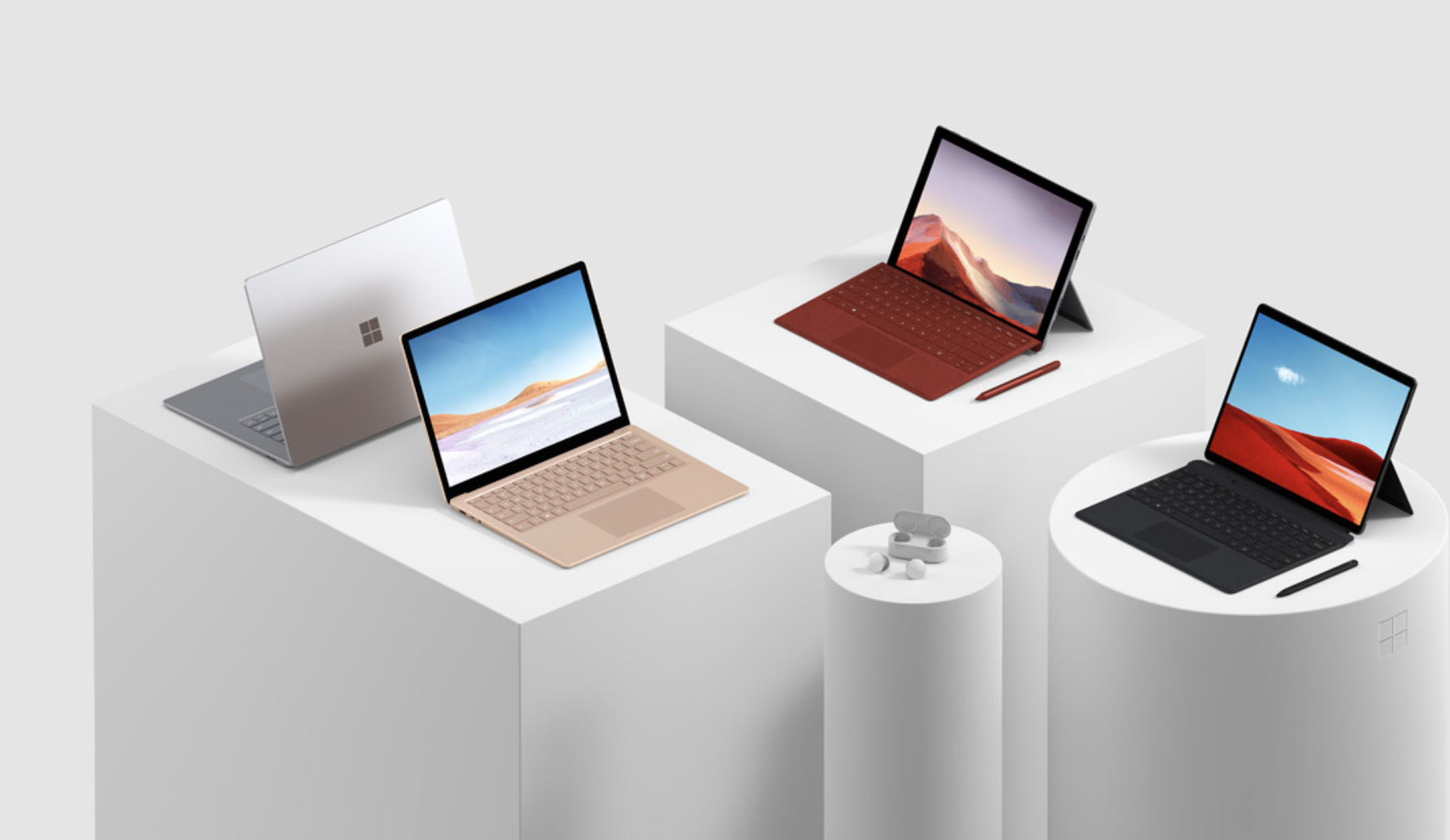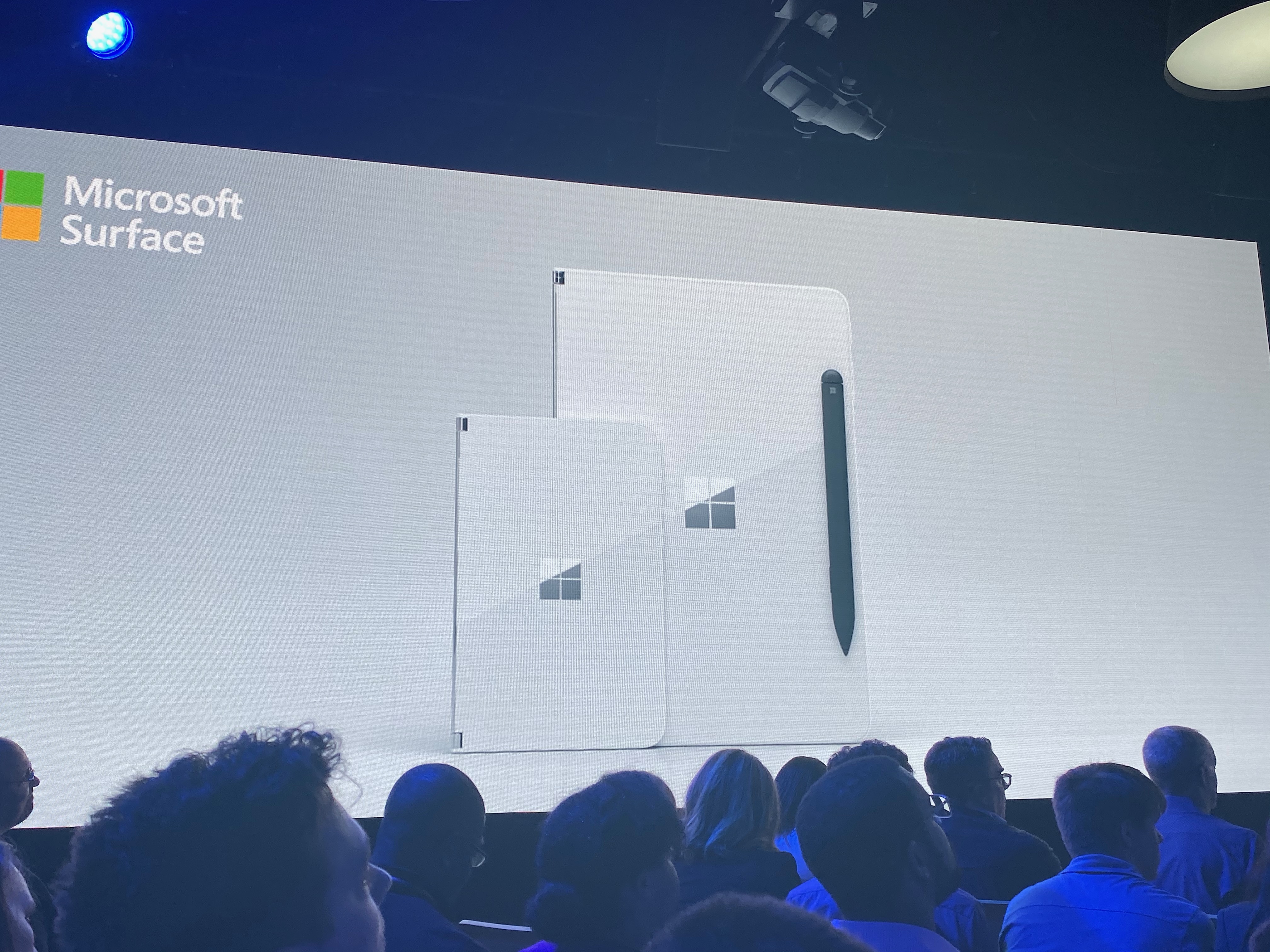In an era of smartphones with larger screens and more and more capabilities, some people have started to question the continued usefulness and viability of PCs. After all, the thinking goes, if I can do more on my smartphone, why do I need to carry a notebook around as well?
Theoretically, no company should know this better than Samsung. It’s pushing smartphone capabilities further than anyone with devices, like the Galaxy Fold, that bring true computer-like capabilities to your pocket.
And yet, rather than backing away from the PC market, the company is doubling down, having introduced several new lines of laptops since the beginning of the year, including the Galaxy Book S, a Qualcomm 8cx-powered device that runs Microsoft’s Windows 10 Home. With today’s launch of the Galaxy Book Flex and Galaxy Book Ion, two Intel 10th Gen Core-powered devices, as well as the announcement of the forthcoming Intel Lakefield-based version of the Galaxy Book S, Samsung is extending its mobile PC line even further.
Both the Galaxy Book Flex and Ion—each of which are available in 13.3” and 15.6” screen size versions—are part of Intel’s new Project Athena program. Launched with great fanfare at this year’s CES show, Project Athena is designed to reinvigorate the PC market, with the ultimate goal of creating more compelling, more focused computing experiences, ideally enabled through new types of technologies and even new form factors. In the near term, however, the more practical objectives are to provide better real-world battery life, better connectivity, slim designs, and more immediate responsiveness—in other words, to make PCs a bit more smartphone-like.
On top of those usability enhancements, another critical goal with Project Athena—and likely why Samsung views it as an important extension of its product line—is to offer the kind of robust performance that only a well-equipped PC can provide. The truth is, no matter how compelling smartphone performance becomes, there are certain tasks most people do that require the kind of performance and interaction that only a PC can deliver.
Whether it’s working with large sets of numbers, laying out large documents, editing videos or composing music, years of multi-device experience have shown us that PCs still play an important role—particularly for people who push their device capabilities to the limit and expect high-quality performance while working (or digitally playing) wherever they choose to. Throw in the desire/need to connect to a wide variety of powerful peripherals, and it’s clear that PCs have a healthy outlook, even in an era of powerful, foldable smartphones.
In that light, both the Galaxy Book Ion, which starts at under 1 Kg in weight, and the Galaxy Book Flex, which is based on a 2-in-1 design with a 360° hinge and integrated S-Pen, provide the kinds of key features and premium designs that are likely to appeal to these types of “mobile go-getters” (as Intel prefers to call them). Given Samsung’s heritage, it’s no surprise that the screen capabilities, in particular, look to be distinguishing characteristics. All four variants feature a full HD (1,920 x 1,080) resolution QLED panel that offers up to 600 nits of brightness, enabling an Outdoor mode for easy viewing outside. Both 15.6” models also offer the option of discrete Nvidia GeForce MX250 graphics with 2GB of GDDR5 memory. The Galaxy Book Ion 15 also features the ability to expand beyond its 16 GB DRAM and 1 TB SSD storage with an empty memory SoDIMM and a slot for additional SSD storage. All four are expected to be available in the US in 2020. Details on the Intel version of the now confusingly named Galaxy Book S are still to come.
Despite its growing PC ambitions, Samsung remains a niche player in the global PC market and these devices aren’t likely to dramatically change that. However, they are an important step forward for the company, and their very existence points to a bigger picture of multi-device and even ambient computing that Samsung seems to be embracing. In fact, given the growing relationship between Samsung and Microsoft, as well as the long-term existing partnership that Samsung shares with Google, the Korean giant is smartly moving itself into a unique and potentially very powerful position at the center of a diverse and growing universe of computing devices and platforms. Over time, Samsung could become the connecting thread that links together diverse computing worlds into a single unified experience and could prove to be an even stronger competitor to Apple.
Working with component providers like Intel and Qualcomm also plays right into that strategy and vision, because it provides them access to some of the key components they need to power that experience. Conversely, Samsung is a great partner for Intel to line up for Project Athena because of its capabilities in critical components (e.g., foldable displays) that could enable even more compelling computing devices.
Ultimately, all these companies need to work on making the experience of using multiple devices—which is now, and will continue to be, the day-to-day reality for the vast majority of consumers and business workers—much easier. Thanks to its uniquely broad product portfolio and range of platform and component partnerships, Samsung has the opportunity to make a big impact here. Let’s hope this is the start of more to come.






